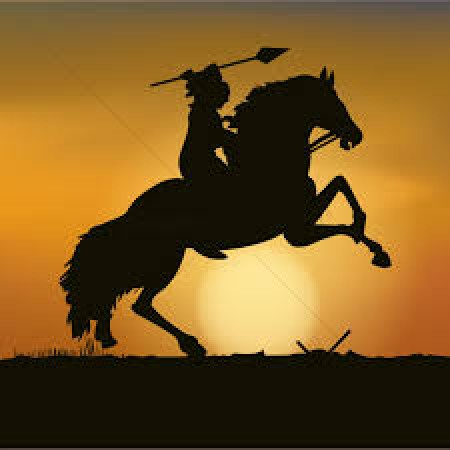
The Sultanate of Osmania was a large sultanate that lasted for many centuries, in which it ruled large parts of Europe, Middle East and North Africa and left far-reaching influence. Nowadays, various characters of the Osmania Sultanate have also become the subject of television dramas and series. In this, a series is made on the life of Sultan Ahmed I and especially his wife, Kosem Sultan. In this series, Sultan Ahmed appears to be constantly under pressure from the people around him and those who occupy the big, high positions of the Sultanate to slay his younger brother.
In fact, in the history of the world, in many societies, examples of murder and war are found for the throne of brothers, father-sons and other relatives. So there are many examples of such incidents in the history of the Sultanate of Osmania. The conversation begins with Sultan Mehmat III's father, Sultan Mehmat III, sitting on the throne. A day of 1595. The Osmania Sultanate is at its height. This is the day when the super power of that time has been given to his son Mehmat who is now Sultan Mehmat III after the death of Sultan Murad III. But the reason why this day is remembered in history was probably the departure of 19 Shahzad's men from there more than the arrival of the new Sultan in the royal palace in Istanbul. These ceremonies belonged to the brothers of the new Sultan Mehmat III, who were strangled to death as they sat on the throne of the new Sultan under the royal tradition of killing the brothers who were then prevalent in the Sultanate.
Tell that Jason Goodwin, author of the book 'Lord of the Horizons' written on the history of the Osmania Sultanate, narrating the story of Shahzad's death with reference to various sources of history, that Shahzad was brought to the Sultan one by one. . Shehzade, the eldest among them, who was beautiful and healthy, requested that my mentor, my brother, who is now like my father, do not end my life like this. With sorrow, the sultan snapped his beard, but did not say a word in response. Continuing to refer to that day, Jason writes that Istanbul's townsmen were heartbroken by seeing these people go on the streets. Historian Leslie P. Pyers in his book 'Imperial Haram: Women and Sovereignty in the Ottoman Empire' refers to a report made at the time just a day after Sultan Murad III's birth, when his 19 Shahzad kings were born At that time, twice the number of Istanbul townsmen had come out than Sultan Murad III's funeral and each eye was filled with tears.
Also Read:
India’s iconic music composer and singer Vishal Mishra connects with fans via Likee Live
Likee’s new STYLE feature enables an expressive video-making experience